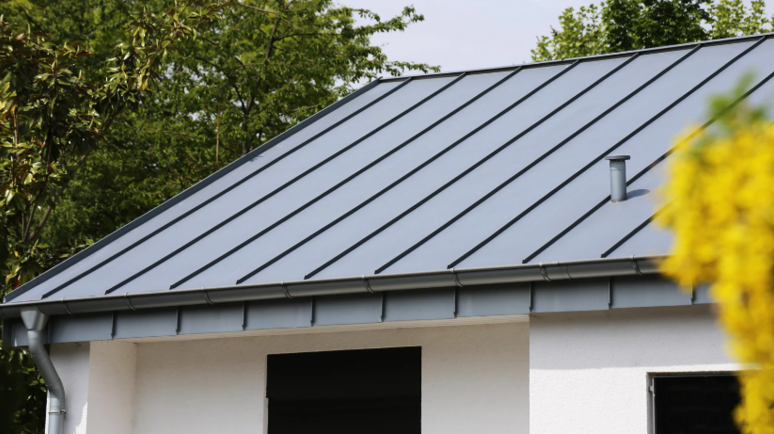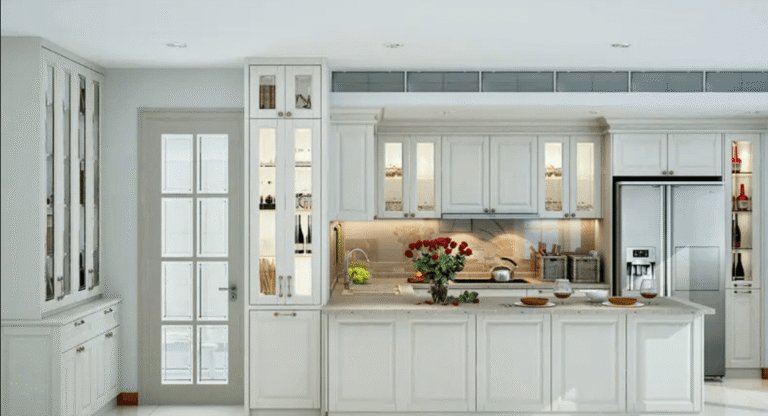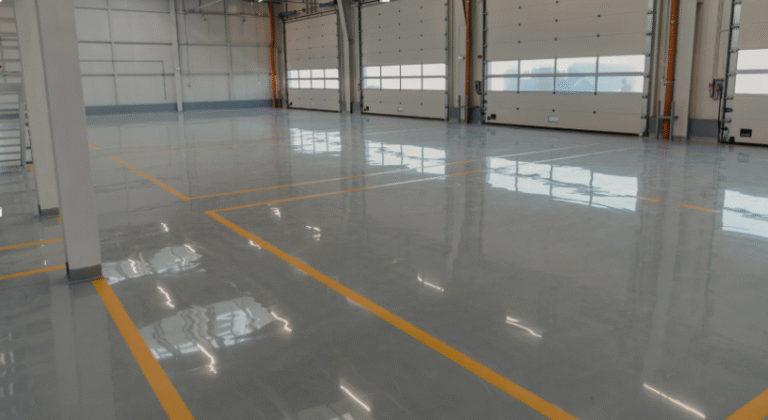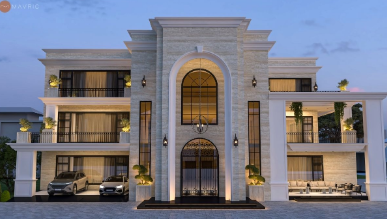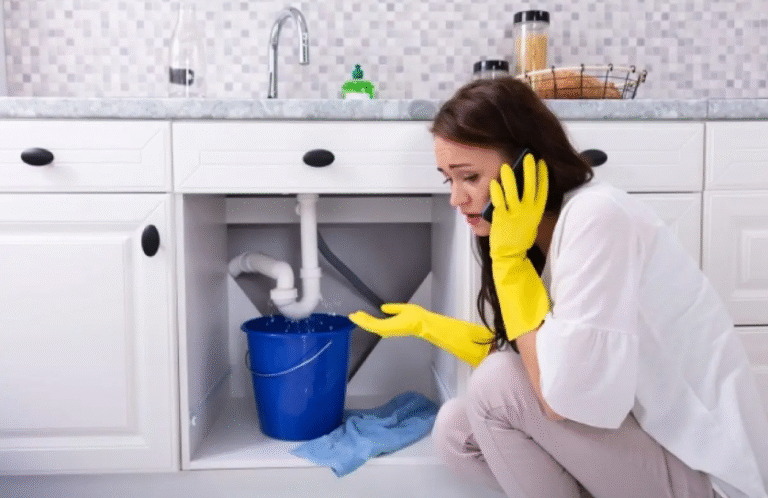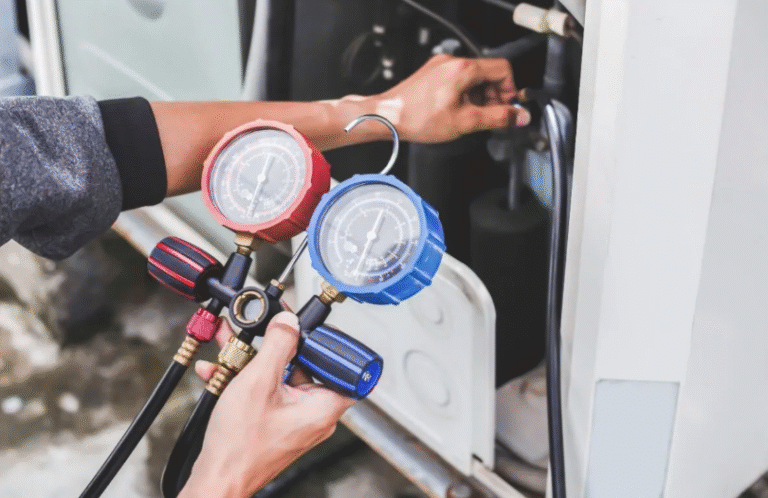Complete Guide to Metal Roof Installation: What Homeowners Need to Know
Installing a metal roof is one of the most durable and energy-efficient upgrades a homeowner can make. Metal roofing provides exceptional protection, long-term value, and modern curb appeal that traditional roofing materials often can’t match. However, understanding the process and key factors involved in installation ensures the best results. From material selection to proper ventilation, every detail influences the roof’s performance and longevity. Metal roofing systems require precision, expertise, and the right installation techniques to withstand environmental stressors. Once installed, they offer decades of protection with minimal maintenance. For those exploring professional installation options, metal roofing in Cumming provides a reliable solution for enhancing both aesthetic and structural integrity.
Choosing the Right Metal Roofing Material
The first step in a successful metal roof installation is selecting the right material. Standard options include aluminum, steel, copper, and zinc, each offering unique benefits. Aluminum is lightweight and corrosion-resistant, ideal for coastal climates. Steel is durable and cost-effective, while copper provides a timeless look that naturally patinas over time. Homeowners should also consider panel styles, such as standing seam or corrugated metal, depending on their architectural preferences and budget. A qualified roofing professional will assess your home’s design and recommend materials that balance strength, efficiency, and visual appeal.
Preparing the Roof for Installation
Before installation begins, existing roofing materials are removed, and the roof deck is thoroughly inspected. Any signs of rot, leaks, or structural weakness must be addressed before proceeding. Once the deck is prepared, an underlayment is installed to create a moisture barrier and improve insulation. Professional roofers use specialized fastening systems to secure panels and prevent shifting during severe weather. Proper alignment and spacing are critical to maintaining the roof’s watertight seal and ensuring long-term stability.
Key Installation Techniques and Safety Measures
Metal roof installation requires precise techniques that differ from traditional shingle applications. Panels are carefully measured, cut, and fastened using clips or concealed fasteners to allow for thermal expansion and contraction. Attention to detail in this phase determines the roof’s ability to resist leaks and withstand heavy winds. Contractors also focus on sealing joints, ridges, and valleys with high-quality flashing materials. Proper ventilation is integrated into the design to regulate attic temperature, prevent condensation, and extend roof life. Following industry safety standards ensures that installation is performed efficiently and without risk.
Long-Term Advantages of Metal Roofs
Beyond visual appeal, metal roofs deliver several performance benefits. They reflect solar heat, reducing energy consumption and maintaining interior comfort. Their fire resistance, low maintenance requirements, and recyclability make them an environmentally conscious investment. Understanding the reasons to consider installing a metal roof on your home helps homeowners see the value in choosing this material. In addition to energy efficiency and durability, metal roofs offer superior protection against wind, rain, and snow, making them suitable for a wide range of climates.
How Metal Roofing Protects Against Severe Weather
Metal roofing’s structural strength is particularly beneficial in regions prone to heavy storms or extreme temperatures. The interlocking design of metal panels prevents water infiltration and minimizes the risk of uplift during high winds. This makes it one of the most reliable options for long-term home protection. Understanding how metal roofing protects your home from severe weather conditions reveals that the material’s resilience and resistance to impact help maintain safety and reduce repair costs over time.
Conclusion
A properly installed metal roof combines strength, beauty, and long-term performance. From choosing the right materials to ensuring expert installation, every step impacts how well the roof performs under real-world conditions. Homeowners who invest in metal roofing benefit from lasting protection, improved efficiency, and peace of mind knowing their home is built to withstand the elements for decades.
